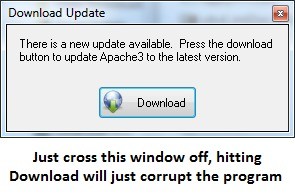PlayStation Disc Layout

Example PlayStation Disc Layout
Blocks Description
------ ------------
000000-000015 Data track boot blocks (see NOTE 1)
000016-024520 Data track program area (see NOTE 2)
024521-024670 Postgap for data track (see NOTE 3)
024671-024820 Pregap for first audio track (see NOTE 4)
024821-048326 Audio track #1
048327-048476 Pregap for second audio track (see NOTE 5)
048477-072485 Audio track #2
.
.
.
191281-191430 Pregap for ninth audio track
191431-214349 Audio track #9
214350-?????? Leadout track (see NOTE 6)
NOTE 1: The first sixteen blocks of a PSX disc are the "boot" blocks. They contain some territory information, but I don't know if this is the actual data that is used by the "territory lockout" code.
NOTE 2: The rest of the data track is where the actual program (game) is stored. The track is encoded in CDROM-XA format using both Form-1 and Form-2 sectors. The file system is in ISO9660 format.
NOTE 3: When any data track is followed by an audio track, it must end with a postgap of at least 150 sectors. On all of the PSX discs that I have analyzed, this postgap is comprised of 150 sectors of zeroed data. The purpose of the postgap is to provide a "buffer zone" between the real data in the track and the subsequent audio track. This buffer is used because some CD readers can't read the last few blocks of a track if they are followed by audio sectors.
NOTE 4: When an audio track follows a data track, it must start with a pregap of at least 150 sectors. On the PSX discs that I have analyzed, I have seen pregaps of both 150 (2 seconds) and 300 sectors (4 seconds). This pregap serves the same purpose as the data postgap... to physically separate the data and audio sectors to avoid reading errors (data and audio sectors are usually read with separate commands and each command can only read a specific sector type).
NOTE 5: The pre-gap for all audio tracks after track #1 seems to be either 0 or 150 sectors for all PSX discs. PSXCOPY.EXE will copy these gaps, but it doesn't bother to encode them as gaps in the subcode.
NOTE 6: The LEADOUT track is written by the recorder automatically (except for the Philips) and is not under user control. It is not possible to read this area of the disc with a normal CDROM reader or recorder.





















